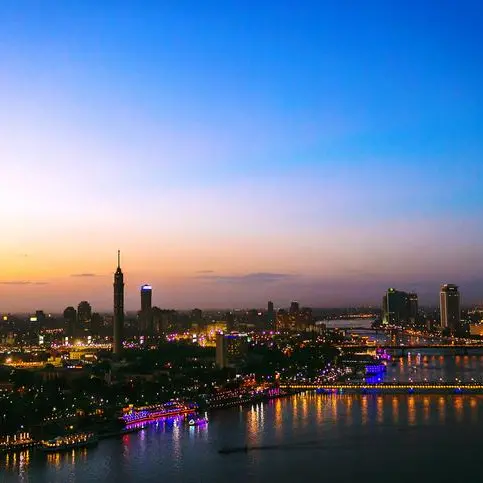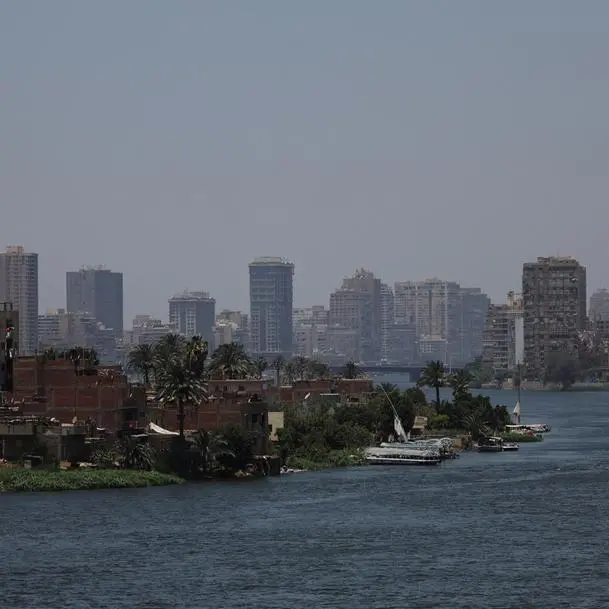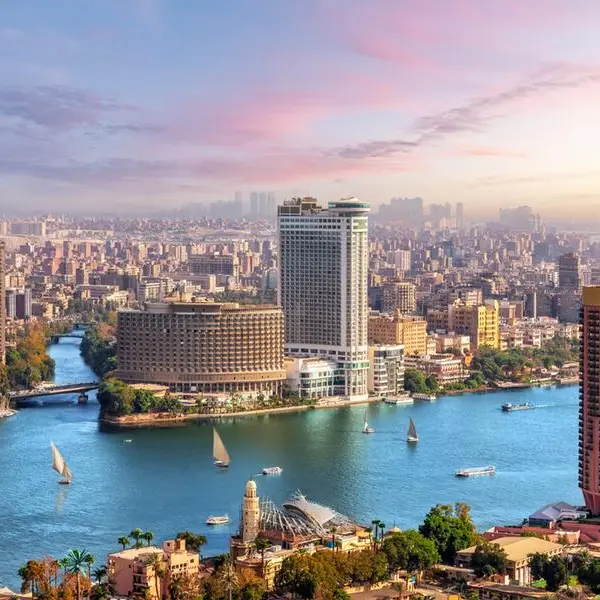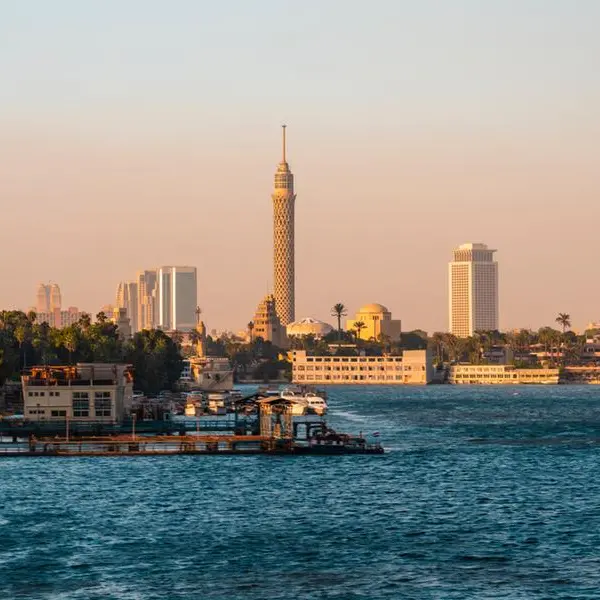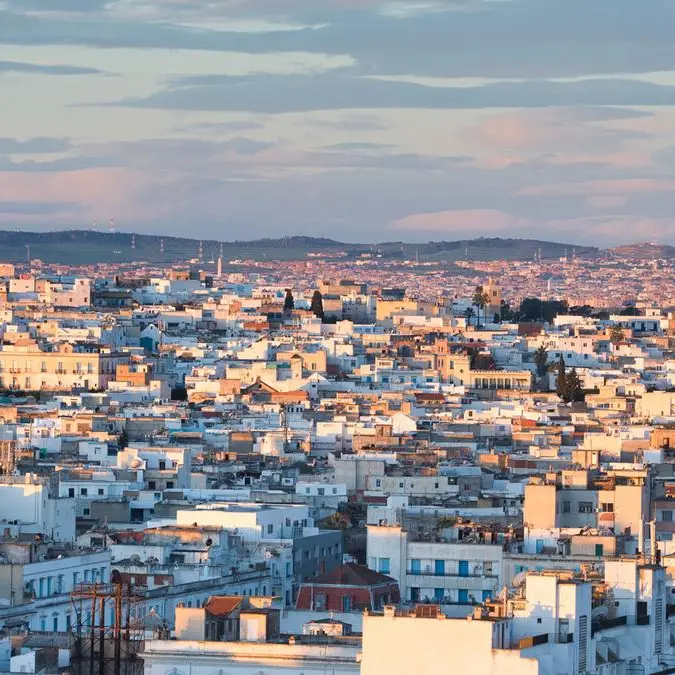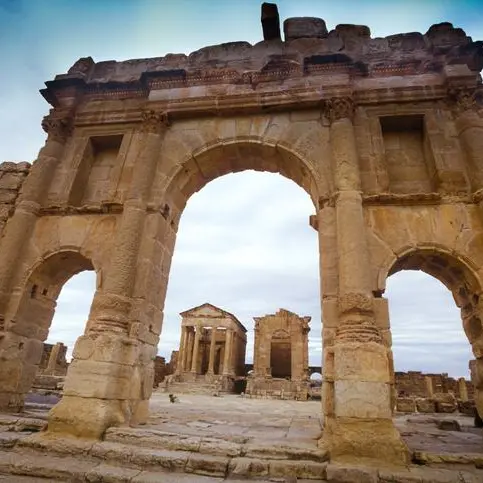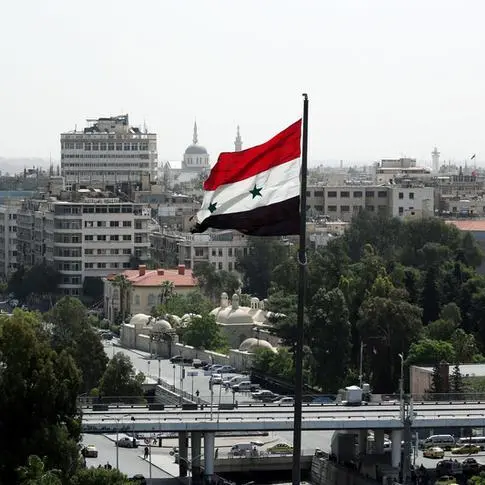PHOTO
Tunisia - With its strategic geographical position, its considerable demographic potential and its varied and rich multi-sectoral economic map, the Tunis governorate is firmly established as a first-rate national centre, bristling with resources and preferential advantages that make it the "project" for a real locomotive of growth in the country.
However, there is still a long way to go between theory and practice, between pious hopes and concrete reality, a way that is at times fraught with pitfalls and at other times fraught with major challenges to be overcome in order to achieve a full-fledged boom in which ordinary citizens can enjoy decent living conditions.
In the national administrative register, the Tunis governorate covers an area of about 288 square kilometres.
Its population is estimated at 1.70 million in 2020, or 9.6% of the country's total, making it the most densely populated area in the country (3,667 inhabitants per square kilometre, compared with a national average of 70.9 inhabitants per square kilometre).
In terms of territorial organisation, the Tunis governorate is divided administratively into 21 delegations and 8 communes.
The logical consequence of an administrative model based on the theories of the unitary state, the Tunis governorate has become the inevitable destination for many Tunisian citizens from all walks of life, due to the high concentration of central services, ministerial departments and renowned university hospitals.
This massive and incessant flow of travellers, combined with the high population density of Tunis and the often dilapidated public services, has led to a crisis in the logistics and transport sector that is likely to continue.
One only has to visit Tunis, the governorate's capital, to see the endless queues of vehicles that constantly wind their way around the governorate's road network, causing repeated traffic jams, especially at the main access points to the capital.
Faced with an exhausted multimodal transport network, a steady deterioration in the services provided to the public, a road infrastructure suffering from wear and tear, and rampant and excessive overcrowding, public decision-makers are called upon to think hard about concrete solutions to the transport crisis.
It is no longer a question of strengthening the national multimodal transport fleet, but rather of identifying operational and effective alternatives capable of alleviating the crisis in public, private and individual transport.
According to data collected by TAP in the Tunis governorate, the unemployment rate among the population has reached high levels, approaching 23% in some delegations such as Sejoumi and Sidi Hassine, in the absence of a system of guidance and social support for unemployed young people.
The Local Directorate for Vocational Training and Employment said the number of jobseekers in all delegations reached 16,254 in 2021, compared with 2,195 in the previous year.
With regard to the disparities in the living conditions of citizens, it should be noted that the working class districts of the Tunis governorate are deprived of a varied and solid infrastructure.
Victims of an outdated development plan, ordinary people can see that the Tunis governorate is characterised by a "glaring disparity" between development indicators in the different delegations of the governorate.
Among the most overpopulated and underdeveloped areas, the Sidi Hassine delegation is at the bottom of the scale (21st) with an estimated index of 0.473, ahead of the Sejoumi delegation (20th) with an estimated index of 0.501.
Another major dilemma is the lack of an efficient, high-quality network of public services, particularly in the regions to the west and south of the capital.
Daily life for health care users is often an unbearable ordeal when faced with a health system that is hampered by its bottlenecks and struggles to meet the high demand of patients from all corners of the country.
In terms of urban development, the governorate of Tunis faces a major challenge in the form of haphazard and uncontrolled urban expansion to the detriment of agricultural land, as well as the rush by real estate operators to overexploit land for housing, industry and services.
Added to this are the glaring disparities that characterise the urban landscape of the "incoherent and disparate" governorate of Tunis.
© Tap 2022 Provided by SyndiGate Media Inc. (Syndigate.info).


